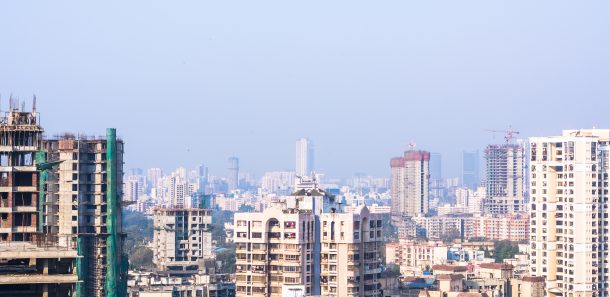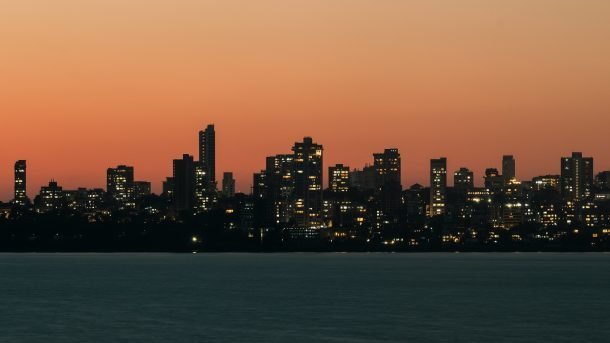Hard to See it, When You’re in it…COVID might ...
Guy de Maupassant was a straight talker: the French novelist used to eat lunch every day in the restaurant at the Eiffel Tower, because it was the only place in Paris he couldn’t see the Eiffel Tower from: he couldn’t see it because he was in it. And that’s pretty much where we are at the moment with COVID: looking out from the dark tunnel of the pandemic, it can sometimes be hard to see where all this is going. History, though, has some pointers for us. In 1919 San Francisco had a powerful Anti Face Mask League: mobilising public protests against the compulsory wearing of face masks. Does that ring a bell? And the year before, in 1918, most US States had introduced Social Distancing measures, closed schools and theatres and banned mass gatherings, all of which also has a familiar resonance. Because back then they were dealing with Spanish Flu, there was no vaccine in sight and lockdowns were destabilising economies across the globe.
And that certainly rings a bell…
Between 1918 and 1920 Spanish Flu infected some 500 Million people, more than a third of the world’s population, and of those 17 Million subsequently died. So as anguishing as COVID 19 might be (and is), the social and economic impact of Spanish Flu was far worse than COVID: in large part because of the gruesome success of bodies like the Anti Face Mask League, something Donald Trump and his red faced “freedom” followers might want to bear in mind.
And just like today, back in 1920, it was difficult to see what the future would look like, because just like us, they were living in the heart of the disruption. So how did things turn out then?
Well, just five short years later, by 1925, the cinemas had all re-opened: audiences were packed to the rafters and, appropriately enough, watching Charlie Chaplin in The Gold Rush because the world’s economies were soaring too and construction projects were getting underway at unprecedented rates…the World had entered the Jazz Age and the Anti Face Mask League was rapidly forgotten. So there in a nutshell is the lesson of history, something we ought to keep front and centre of our thinking in these troubled times: a pandemic won’t change the future, it just brings it about quicker…
Take Indian Real Estate for example.
As a result of COVID the subcontinent’s residential sector had predictably slumped in the second quarter of this year, but in the third quarter (to September) sales in India’s top seven property markets (including Mumbai, Hyderabad and Chennai) had shot up by 34%, with 14,415 new builds. A powerful market mix of low interest rates, ongoing government growth initiatives and an increasing level of involvement on the part of Non Resident Investors (NRIs) had been supressed and concealed by COVID, but has now irresistibly re-emerged as lockdown measures start to be eased. We just couldn’t see it at the time…because we were in it.
And then there’s that reliable old bellwether of construction on the subcontinent, Cement Production, which is also picking up from a six-month slump: driven forward in particular by pent-up demand for new building and increased rates of rural residential building. India Cements held its (predictably virtual) AGM on Monday this week and forecasts quarter on quarter growth over the foreseeable future, as well it might.
These are precisely the sort of trends and signals that the immediate impact of COVID has tended to conceal… but at the same time COVID itself is a disrupter of (almost) unparalleled magnitude, so it’s just as likely to accelerate development of those trends. You just need to look for the signals…
Find out more about Red Ribbon Asset Management
Red Ribbon is committed to identifying and building on investment opportunities that are fully in compliance with its core Planet, People, Profit policy: not only offering above market rate returns for investors but also protecting our Natural Capital through innovative programmes like the Eco Hotels Project.
Executive Overview
As I’ve said in the past, near and long term economic trends are likely to be a lot more important than any of our current fixations: and goodness knows we have enough of those at the moment.
So it's certainly interesting that just as COVID has suppressed some key trends over the last six months, it may well also be acting act as a classic disrupter: accelerating core developments that may otherwise have taken a lot longer to emerge. All of which makes it all the more important that we keep our focus on the future.






Leave a Reply